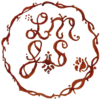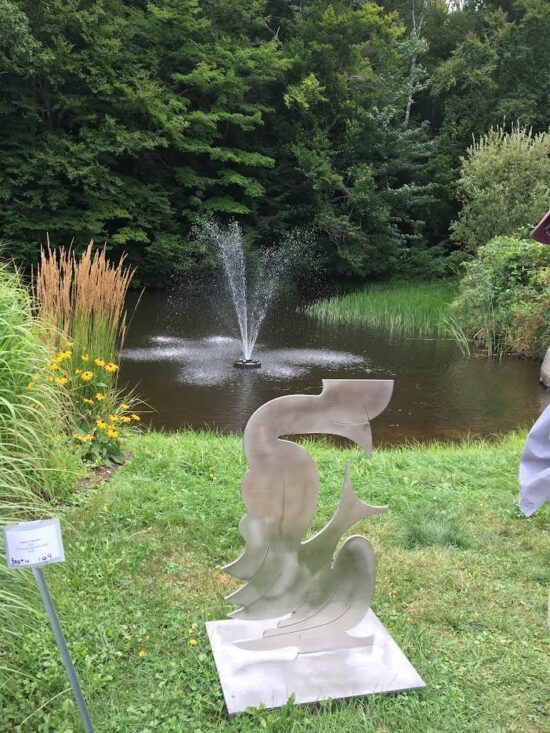To Each His or Her Own
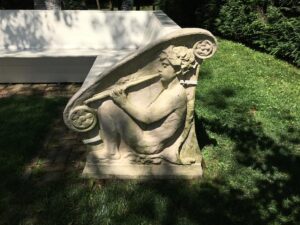
Art of any kind is chosen because it appeals to the eye or heart of the one who selects it. I never chose garden art for client’s because I felt the client should have something they really loved. Its such a pleasure to choose art and the choosing can hold fond memories for the buyer.
I did give suggestions and designed spots in the garden where garden art could be installed to its best effect. When installing landscaping we added mini spot lights to highlight art pieces at night too.
Where appropriate I designed bases or piers to support statuary and bolting to avoid falling and shifting. Some art pieces can be hugely heavy!
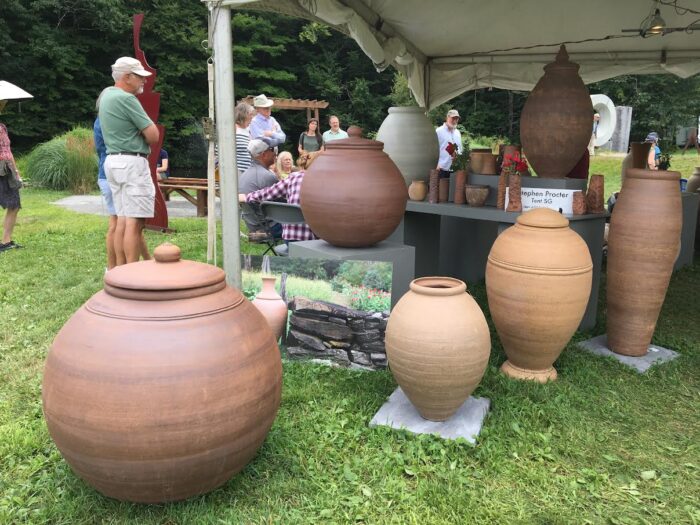
Yesterday, my daughter and I attended the League of New Hampshire Craftsmen Show. As I walked around and admired the fine art and inventive crafts displayed, I was reminded of the questions clients would ask regarding about where to get unique pieces for their gardens and what would be a good item or items to get. Luckily, there are plenty of sources for garden art!
From humorous and kitsch to high end fine art for the outdoors, there is a universe of choices.
Did I just make you groan at the thought of too many options? No fear that is where a landscape designer can help out and you have one right here on the Green Speak website! Let’s consider the options.
Lots of folks (including me) turn to the world wide web to get some ideas, costs and to find easy delivery. But before you do that, check out your garden first and which areas would be good spots for a decorative item or garden art.
I take into consideration size and proportion as a first criteria- it’s a designer thing but important in the placement and relation of the art piece to the rest of the garden.
Art can be used to highlight an area, draw the eye as a focal point, be a point of surprise as one looks around the garden, a restive element as in a Buddha, Ganesh or Saint, a useful item that is also artistic like a bench or fountain, art can help to break up a big blank wall or long fence line and lastly a really beautiful sculpture or water feature can be the center piece of an entire garden.
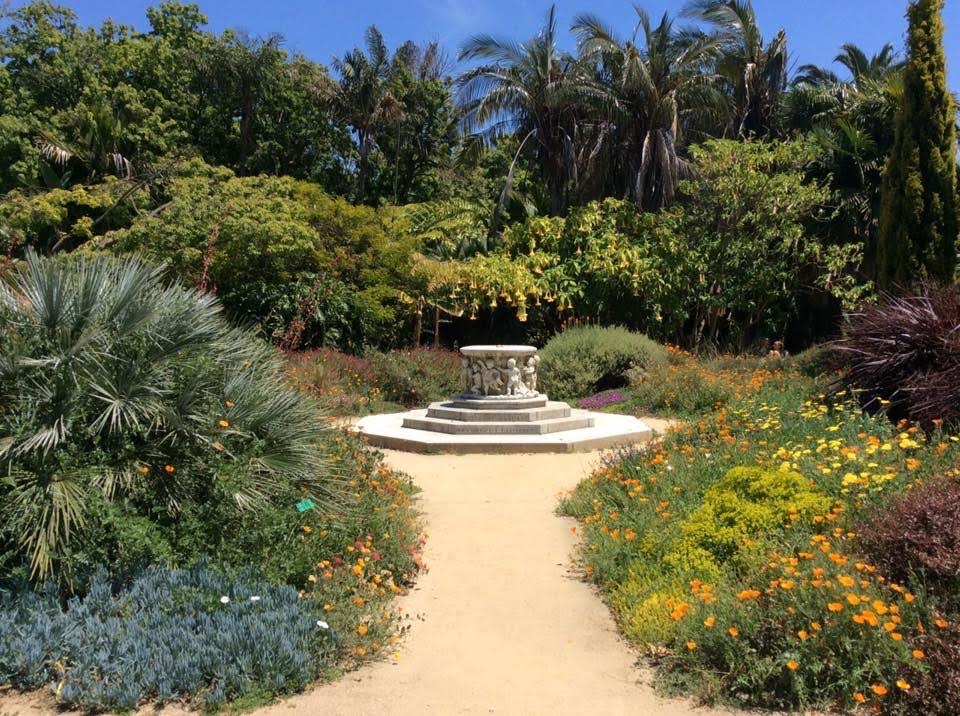
Yes, this is a little or a lot over the top for a small urban or suburban garden but its a nice example of having a piece of art as the center piece of an area. This huge Romanesque well is a destination in itself!
You can see clearly how the plantings where designed to serve as a backdrop for this center piece. Great example of planted borders too. Notice how the plants descend in height from back to the center along the path areas. On a smaller scale this is easily achievable in the home garden setting- even with pots set at different levels around an art piece.
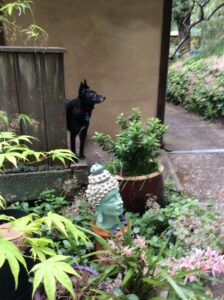
Then there are giant statement pieces i.e. sculpture, waterfalls or wall panels. Not everyone has the budget for these items so think on a reduced scale to fit your price range and garden size. Here are a few of the sculptures that I saw at the show.

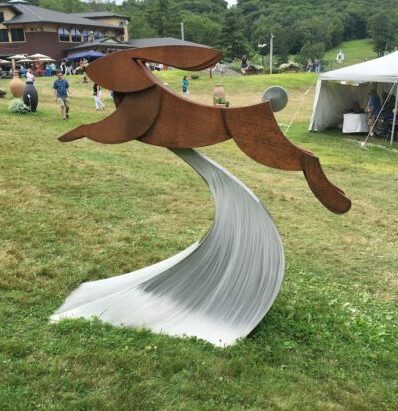
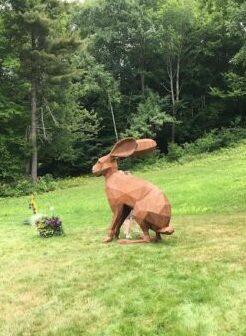
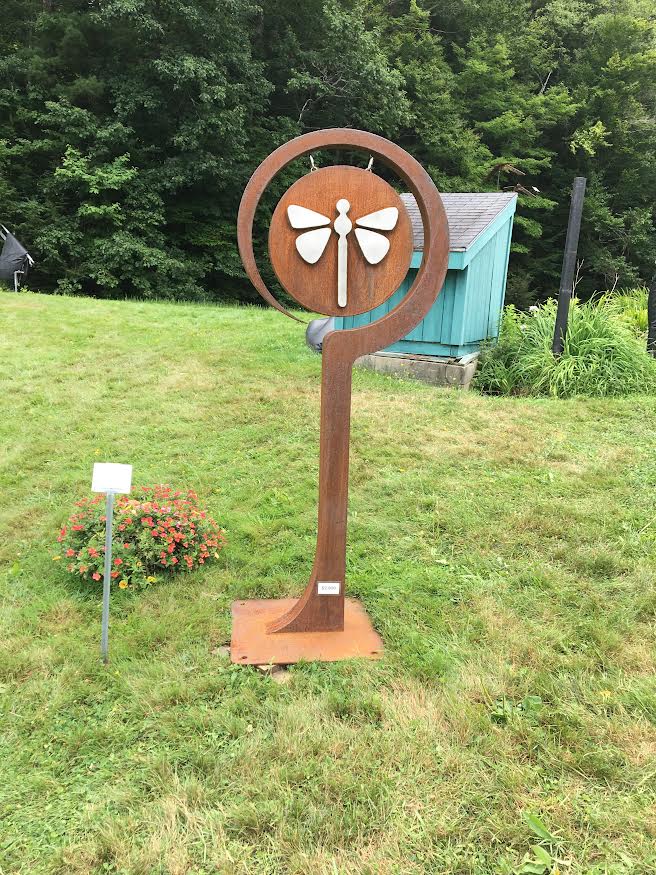
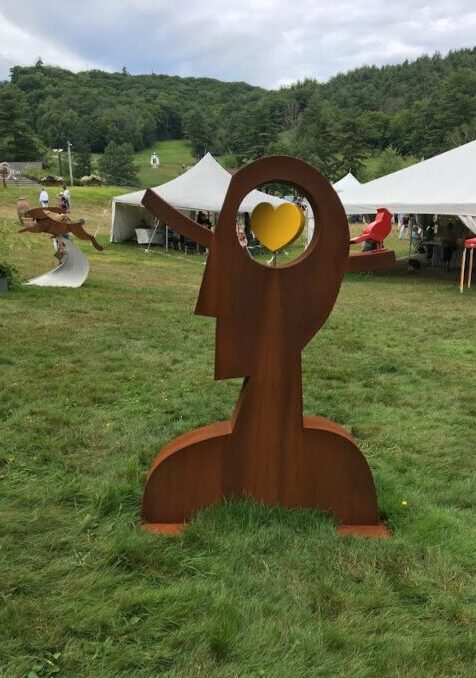
Looks like rusted steel is popular in New Hampshire! Must be a tie in with farming.
These certainly would perk up your lawn area and be a conversation starter. Obviously, you need the room for these large items- proportion is very important with these statues, and having the setting for them to look seated in. Large art pieces like these tend to look great in an area of low ornamental grasses, patches of wild flowers or medium to low perennials.
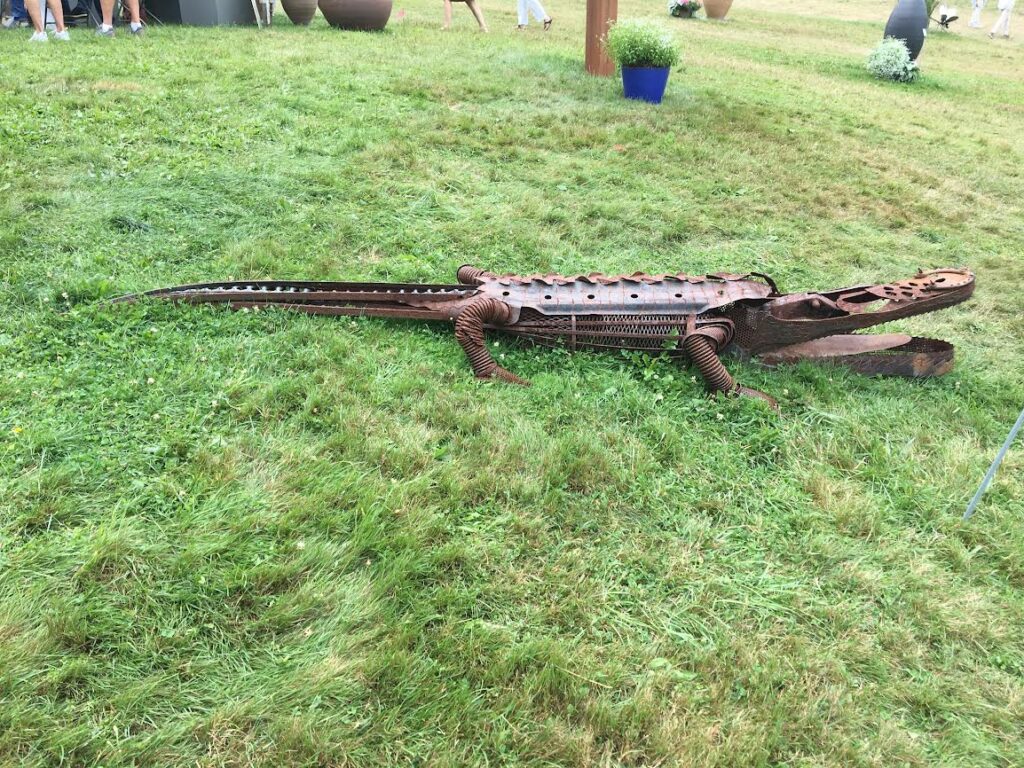
They could even be set in an area of fine gravel with shrubs and trees as a backdrop. Guests could then admire the piece easily. What is important here is to consider the view points from which the garden art is seen. This is quite fun really. They are too big and heavy to move around easily but a cardboard mock up or even a large box could be used as a stand in. Place the mock up in different locations that might work and leave it there for a few days or more. Look from the windows of the house, the driveway and path areas and even from down the road. You don’t necessarily want to see the sculpture from every vantage point. It can be a wonderful element of surprise and even joy when one comes upon a statement piece in the garden. Ask some friends or family if you are struggling and need help deciding, especially those with an artistic eye.
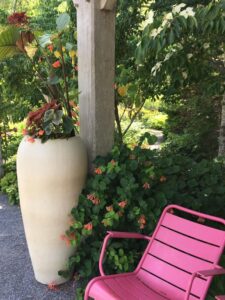
Once you have a good location, clear and trim the garden plantings to fit the base and sculpture, then plant or use gravel around it. The marvelous thing about gardens is that they change and grow over time so your sculpture will become part of a dynamic environment.
Some sculptures look great set out in big, open fields or in a turf area. You see this quite a lot in sculpture gardens. It certainly gives the art good space around it. Not always the most interesting option though and not everyone has a big open field.
Artists often comment that large sculptures cast shadows, change their appearance with the time of day and have a 360 degree view to consider. Keep this in mind as you place your art piece.
Garden Art- Fountains and Water Features
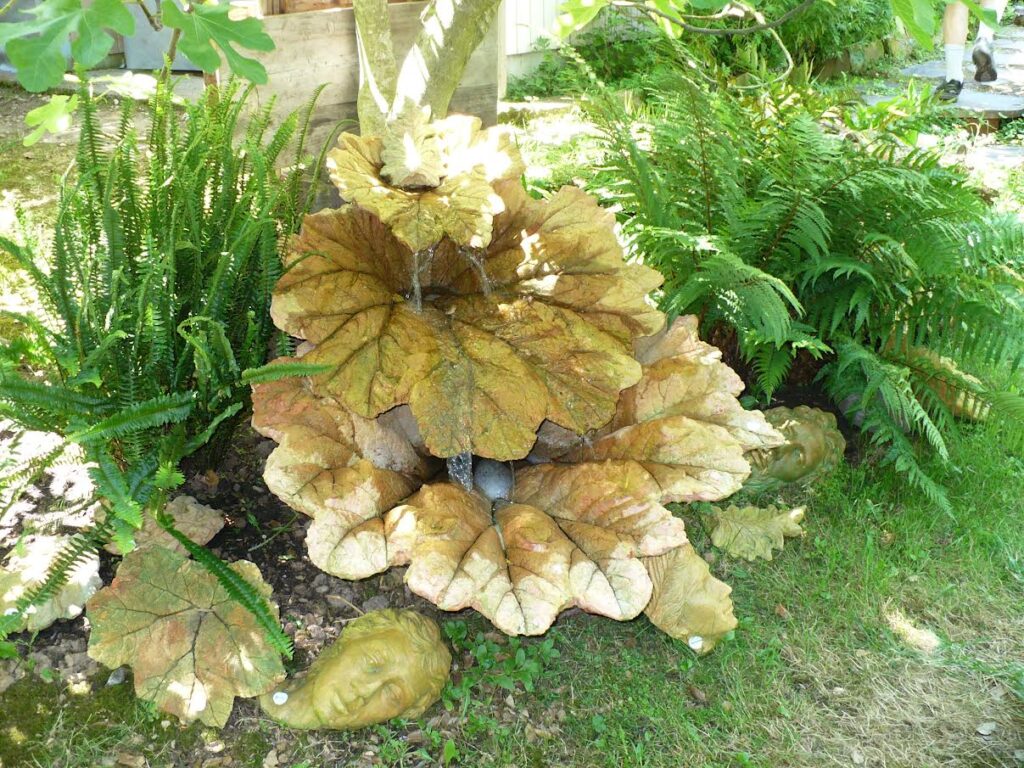
Isn’t this a lovely fountain?! And with random sculptured heads laying around at its base! I took this picture at an artist’s home when we went to an open studios tour in Petaluma, California. Nice backdrop of ferns too. This is a much more doable size for the urban or suburban garden. Solar pumps are now available for fountains which is helpful when placing them.
I found it helpful to get ideas about fountain types that are available from https://fountains.com
Fountains serve a few purposes in the garden. They provide a sound element that can be soothing. They are a ready water source for pollinators and animals. And they can be a decorative art piece in the garden.
It is important to plant around the backs of fountains that are only meant to viewed from the front, like the one above, to soften the hard masonry and unfinished part of the unit.
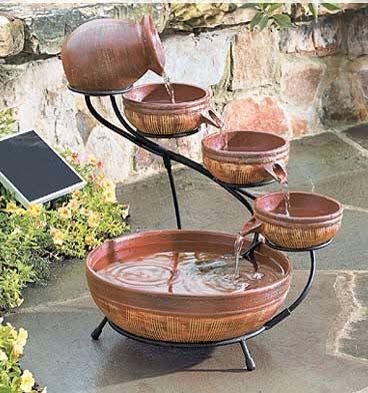
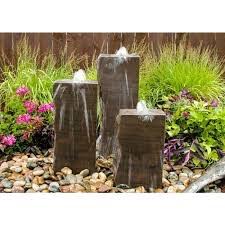
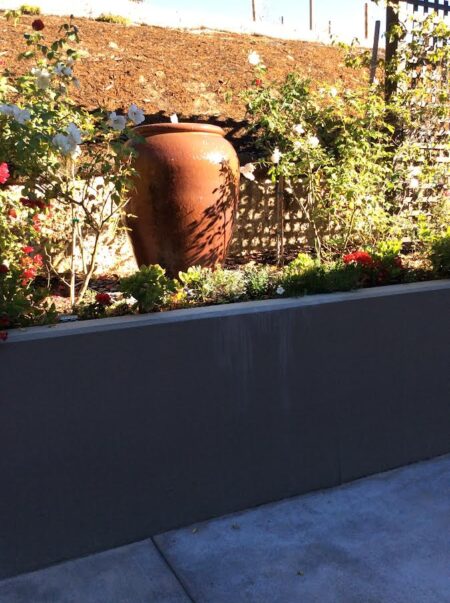
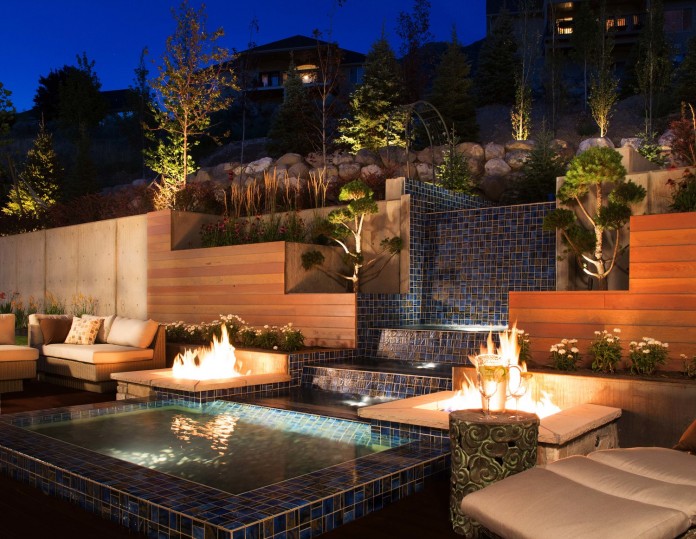
Water features fall into the category of an element in the garden that is both artistic and useful. The sound helps to jumble ambient noise from neighbors and give the garden an extra sensory element.
Garden Art- Benches and Sitting Areas
Benches can also be both useful and artistic. My favorite, that I designed recently, was a stone slab bench along a path in a stroll garden. Unique and well placed stones and stone walls can be an interesting addition to the garden, adding dimension and natural beauty.
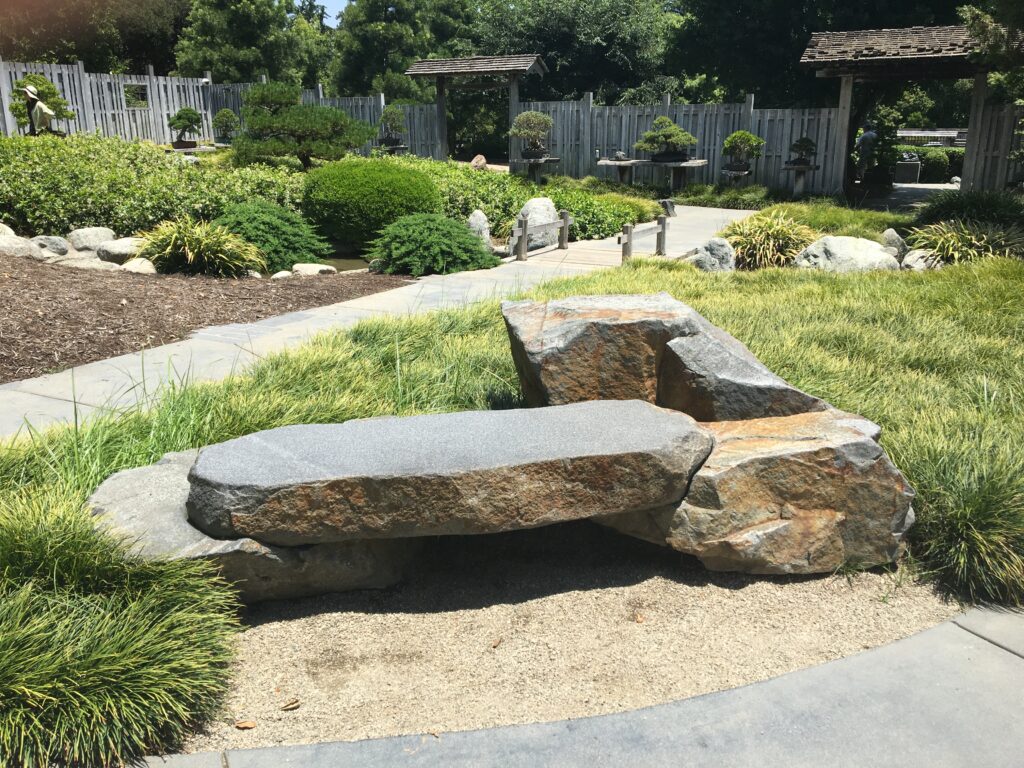
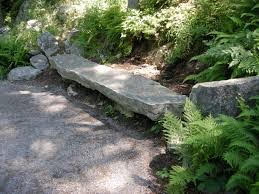
Boulders and Stones as Garden Art
Japanese Gardens often have a river of stones with boulders representing mountains or islands. The gardener has an interaction with the art maintaining them!
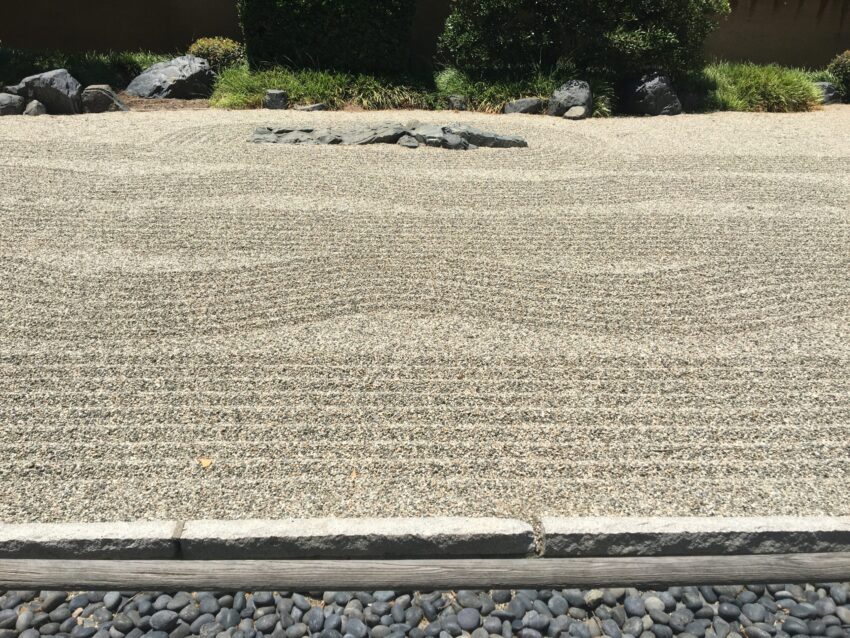
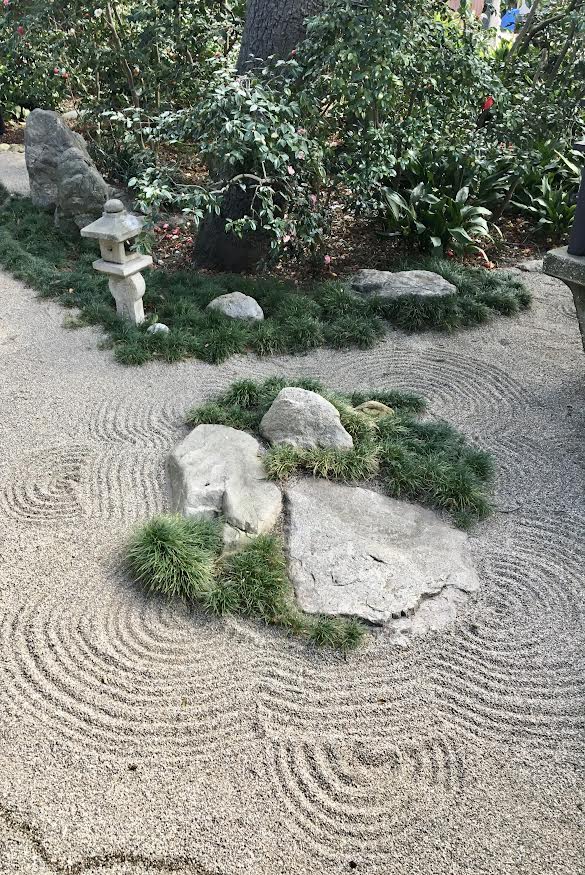
Building Garden Art into the Landscape
The photos below are a bit odd in knowing what is on display here. This was fence project that was built from repurposed materials and the beautiful bell is the final touch. My idea here is to show decorative items incorporated into the landscape. The fence is part of a woodland Japanese garden built on a low budget. The owner had some very cool stuff stored so the stained glass window, teak panels in the gate and the hanger for the bell all came from things found in closets and the basement. The bell was the only new item.
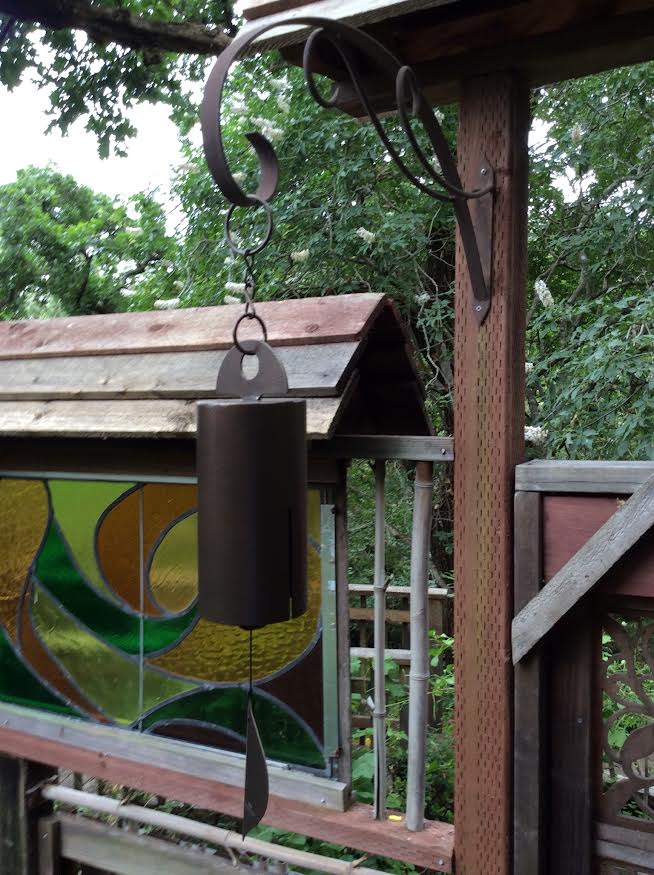

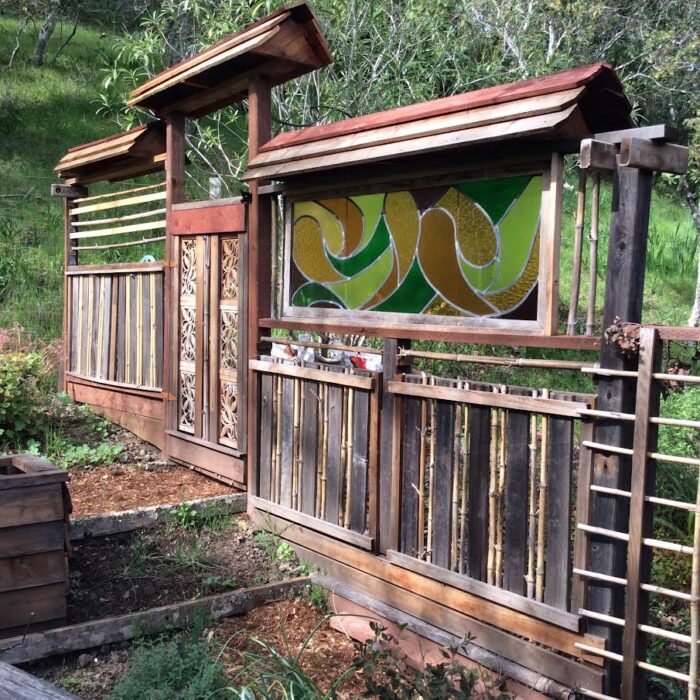
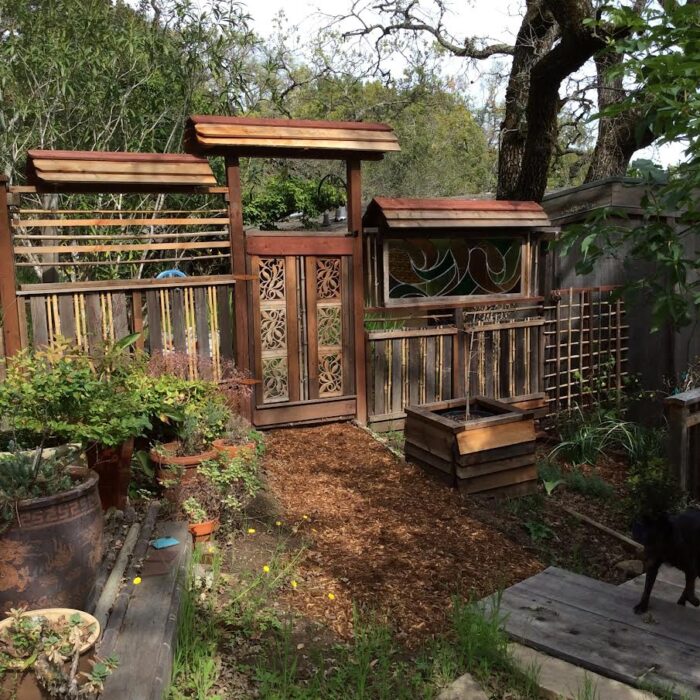
Murals and Wall Art- Garden Art on Flat Surfaces
Garden Art can be used to break up blank walls and fence lines. They also give a texture change to flat surfaces. Consider a wall fountain with some in ground plantings or potted plants.
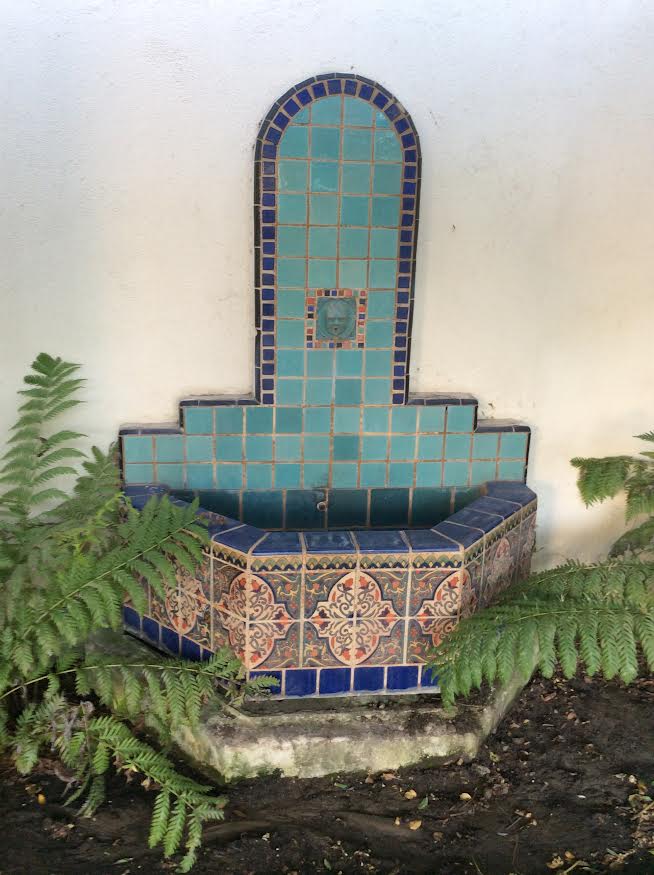
Or a mounted panel made for outdoor placement works well.

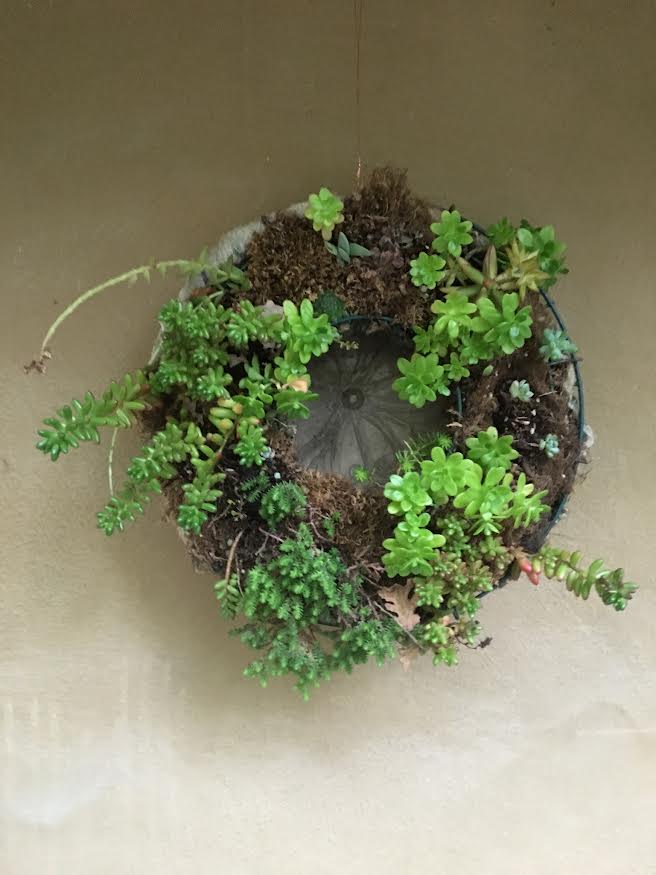
Here is a project I did for my Mom’s House. The base of the house is elevated and pretty ugly underneath so I built some wood panels and added a metal art Heron I got at a garden show. Later I redid it and made a mosaic panel from reclaimed broken glass, broken up ceramic plates, shells, and stones on a backing of a flat metal door. I incorporated the heron into the mosaic and used outdoor screening material in place of the wood panels to cover the area more fully.

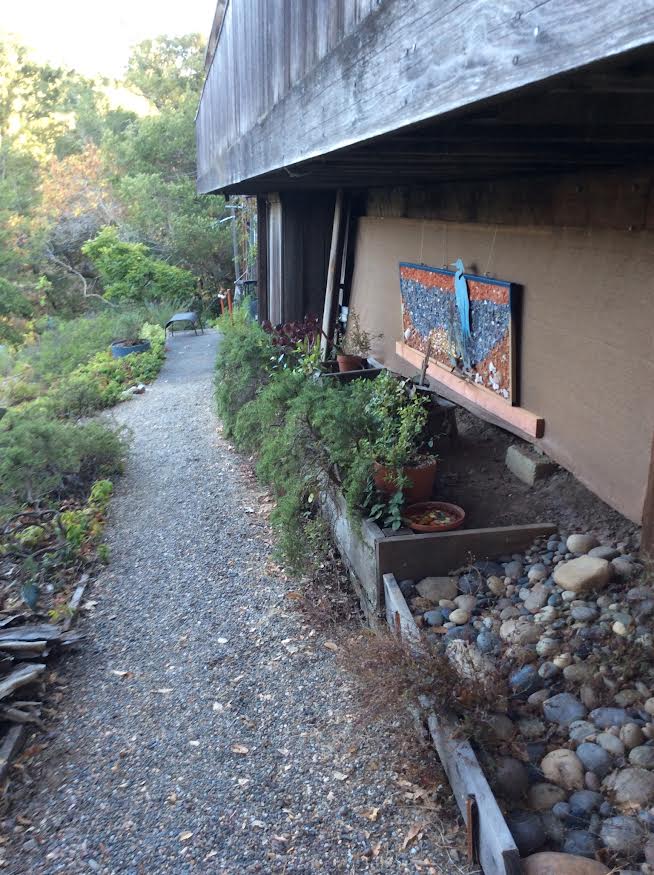
These photos show the area from two directions, if you are wondering why they look different.
The projects I did up at the house were pretty rustic but fit in with the wood framed house and age of the place.
Pots and Vases as Garden Art
Large pots can be very useful and add a decorative element in the garden.
Pots can left empty, planted with colorful perennials or shrubs, or turned into a fountain.
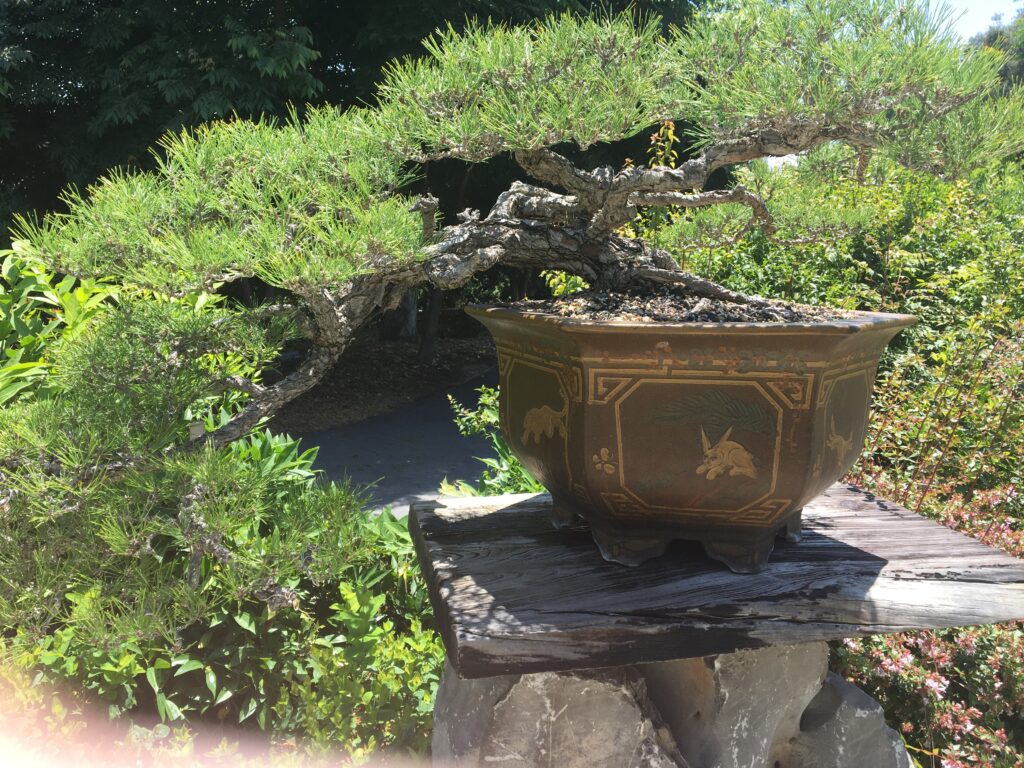
I pictured a few already but here are some photos of interesting choices and the size is good. The larger pots make a statement, are more visible and the soil in them doesn’t dry out so easily for any plantings.
Their colors can tie in with the colors in the garden or colors you would like to highlight. Use a good base for the pots so they don’t get out of level over time, like a big stepping pad or flat stone. These photos were taken at a statuary and pot outlet so its kind of a jumble!
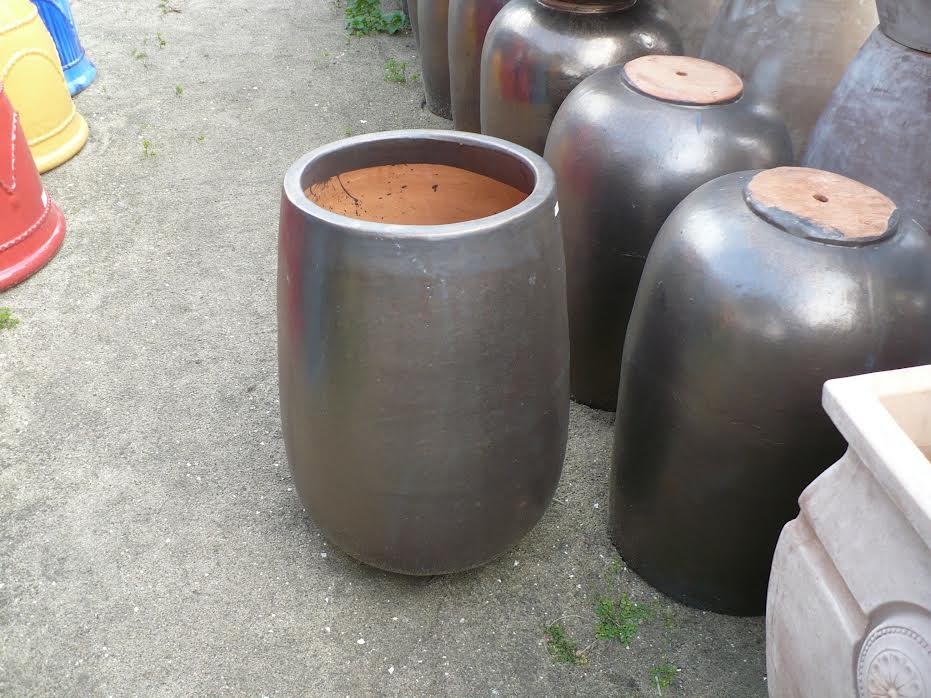
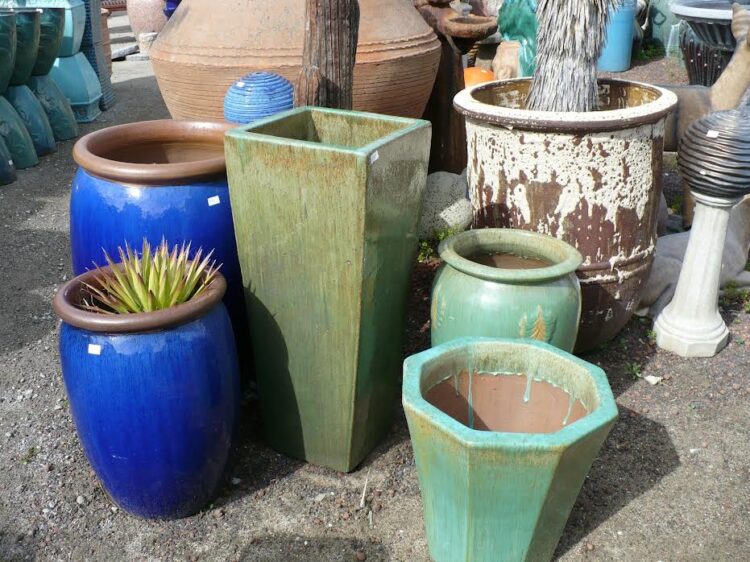

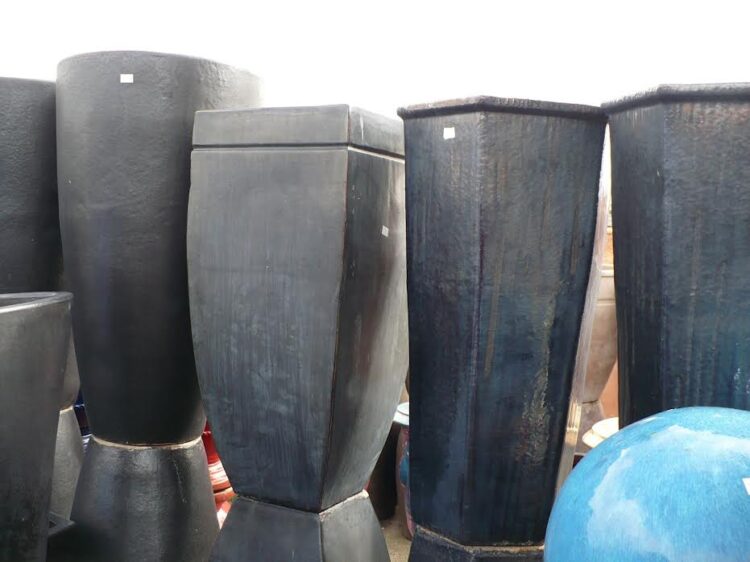
Humor in the Garden
Lastly, garden art can add an element of surprise and humor in the garden. This is where whimsy comes in- a garden gnome, woodland creature or fairy set into the flower borders can be a lot of fun especially when set at a height for children to find. There is quite a good selection of this kind of garden art available from garden centers, statuary and pot shops, home stores and craft fairs.
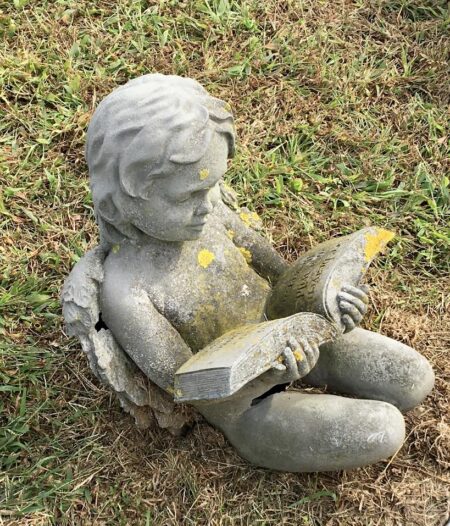
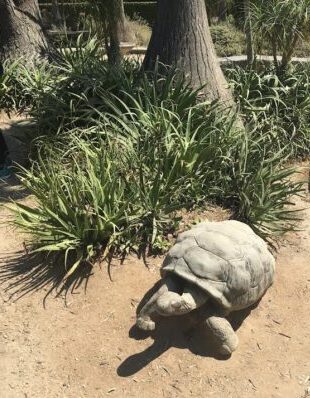
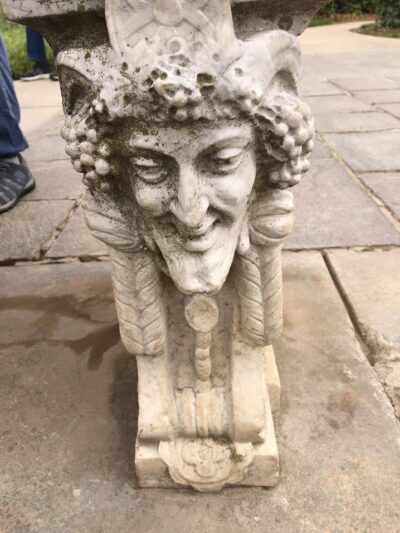
For sculptures and fine art pieces for your garden or a public place I have found that juried art shows that have fine art and high end crafts is a good place to start. Occasionally you will run across a gallery that has some pieces for gardens. And, of course, an internet search can yield some possibilities.
I like to purchase from local artists when possible. This helps the art community and avoids having to ship artwork a long distance. Viewing objects on computer screens makes it hard to take in the nuances of color, texture, scale and how light reflects. Seeing the piece in person can be illuminating.
Follow your heart when you see an art piece for the garden that you love and go for it! These types of purchases will bring you a smile and will last for many years.
This is a group of pictures I took, or friends did, over the years. Just a collection of art in gardens- mostly in public spaces, so pretty darn big and/or pricey but super fun none the less.
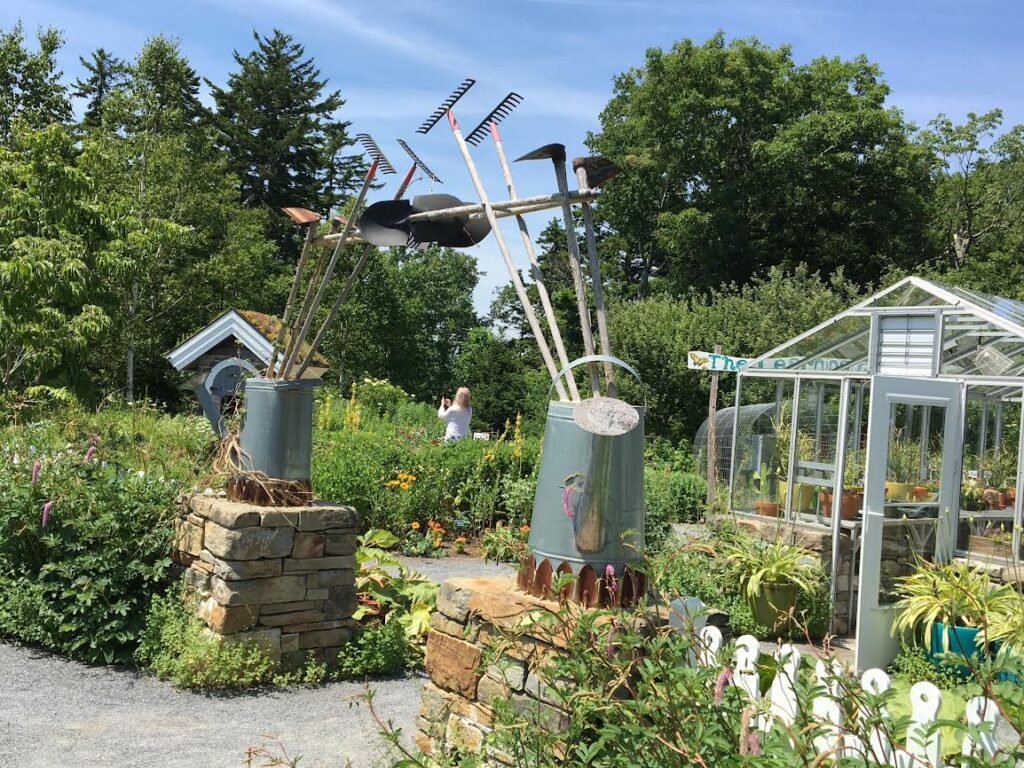
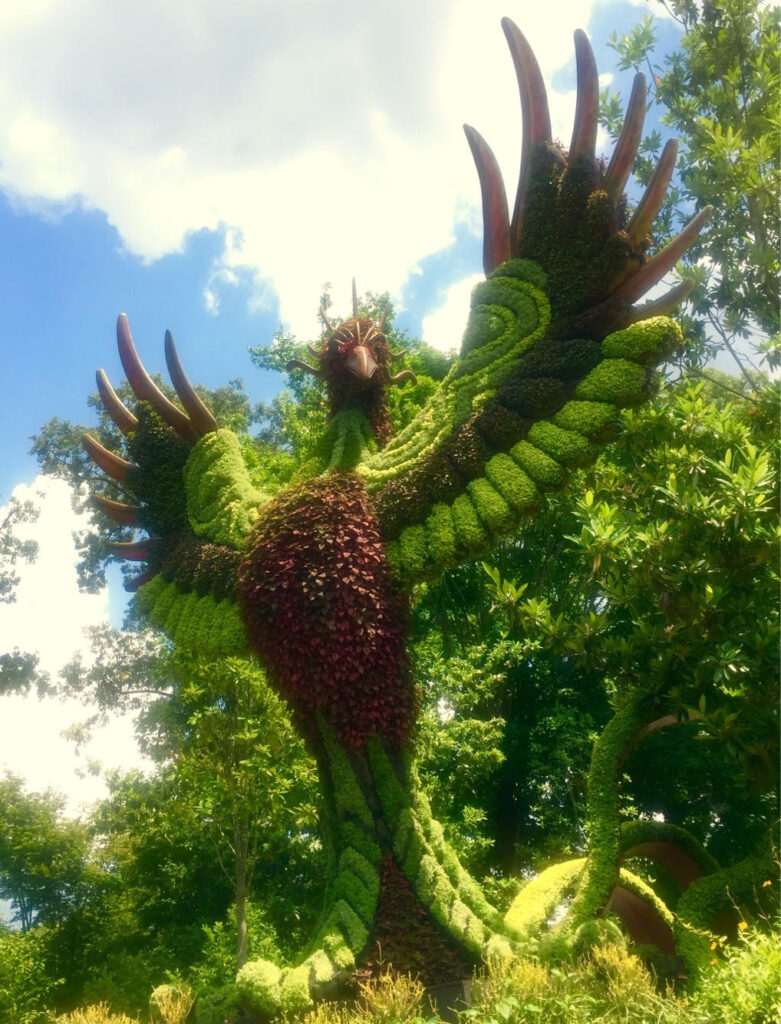

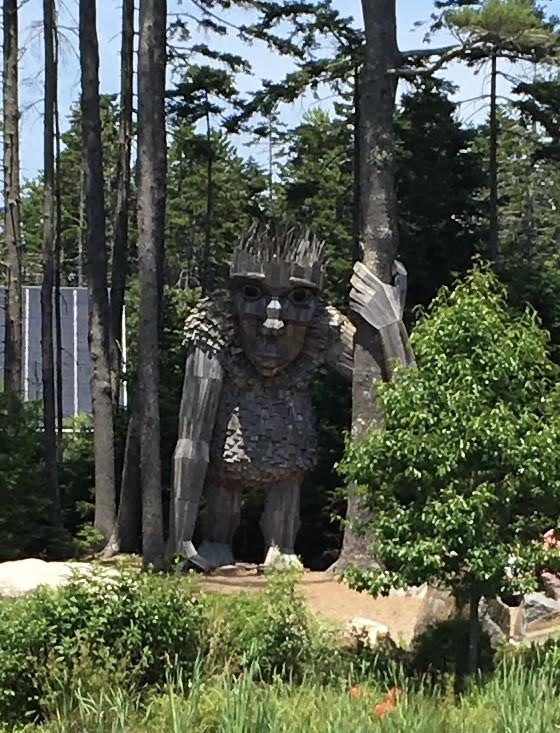
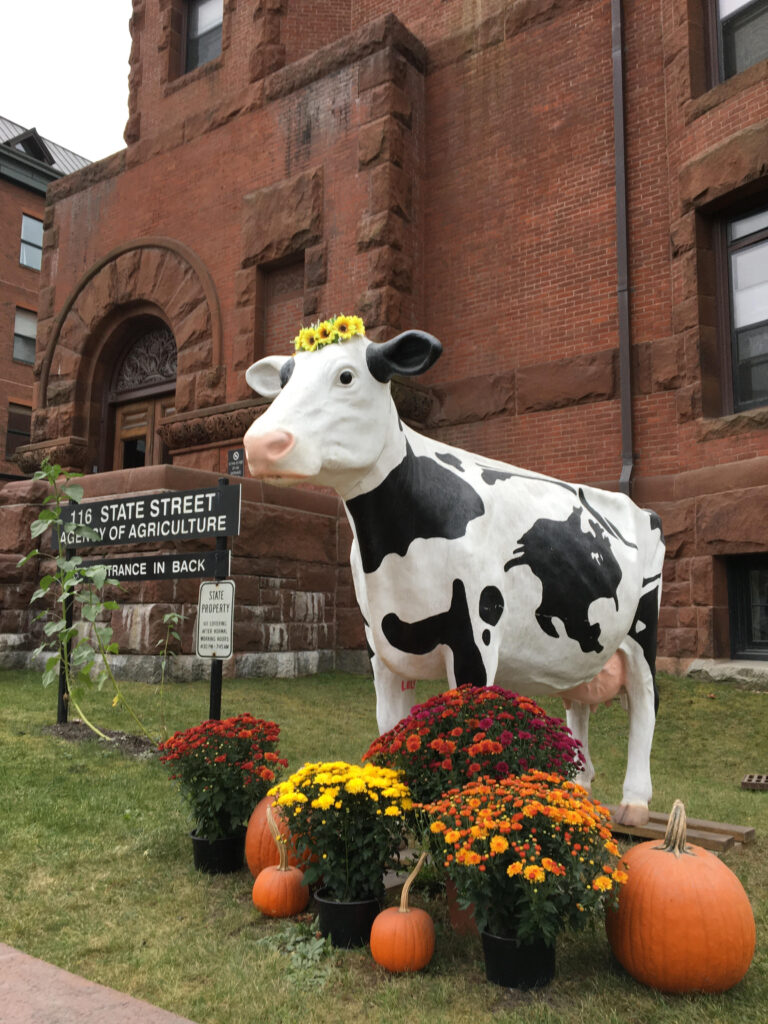
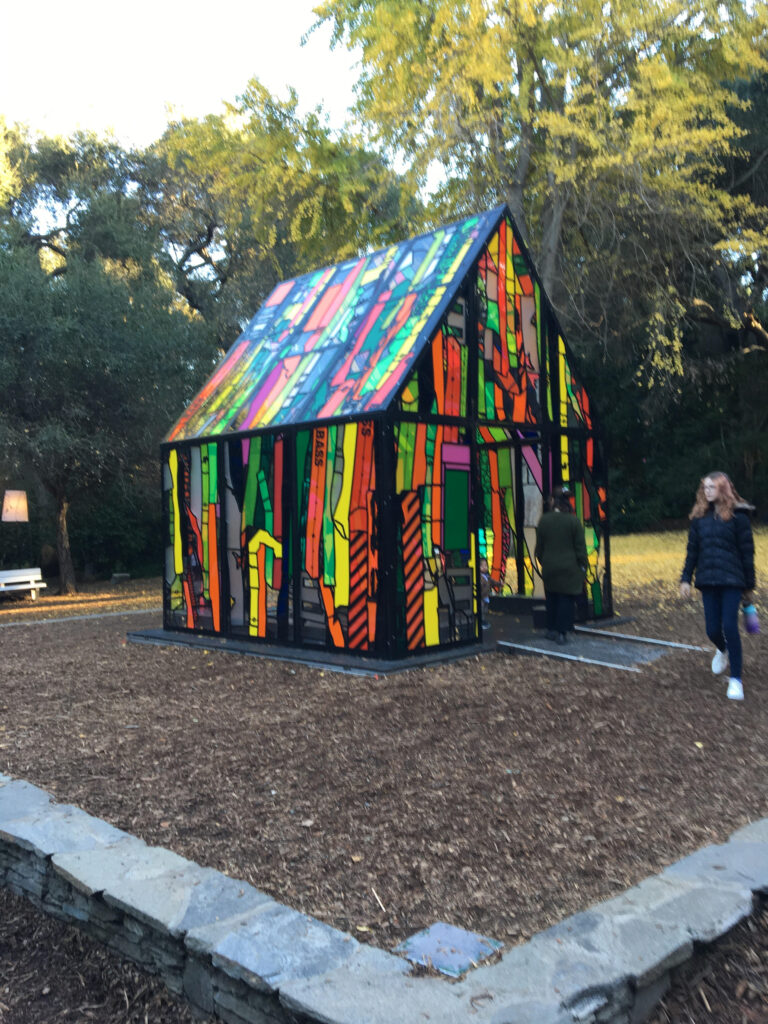
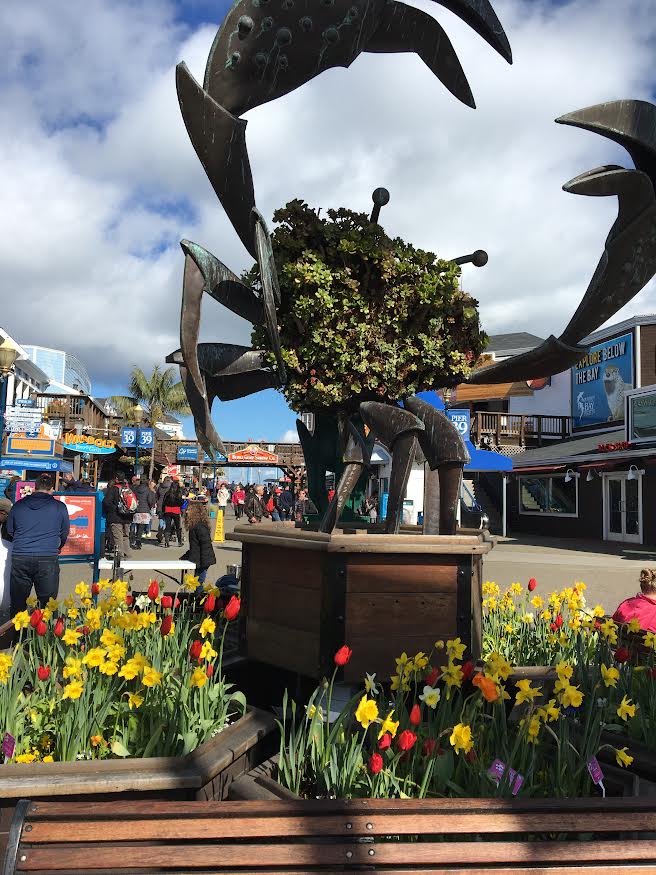
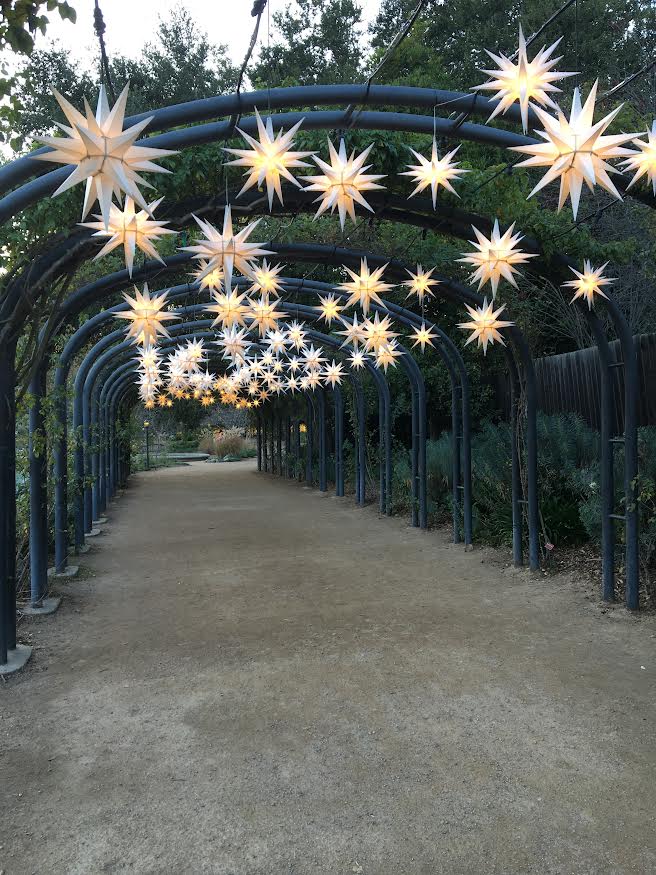

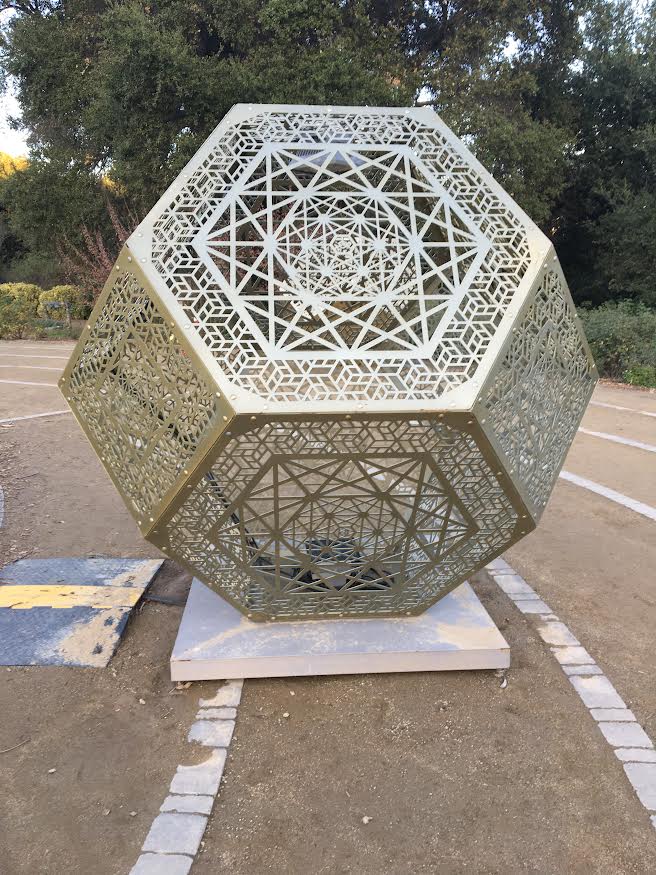
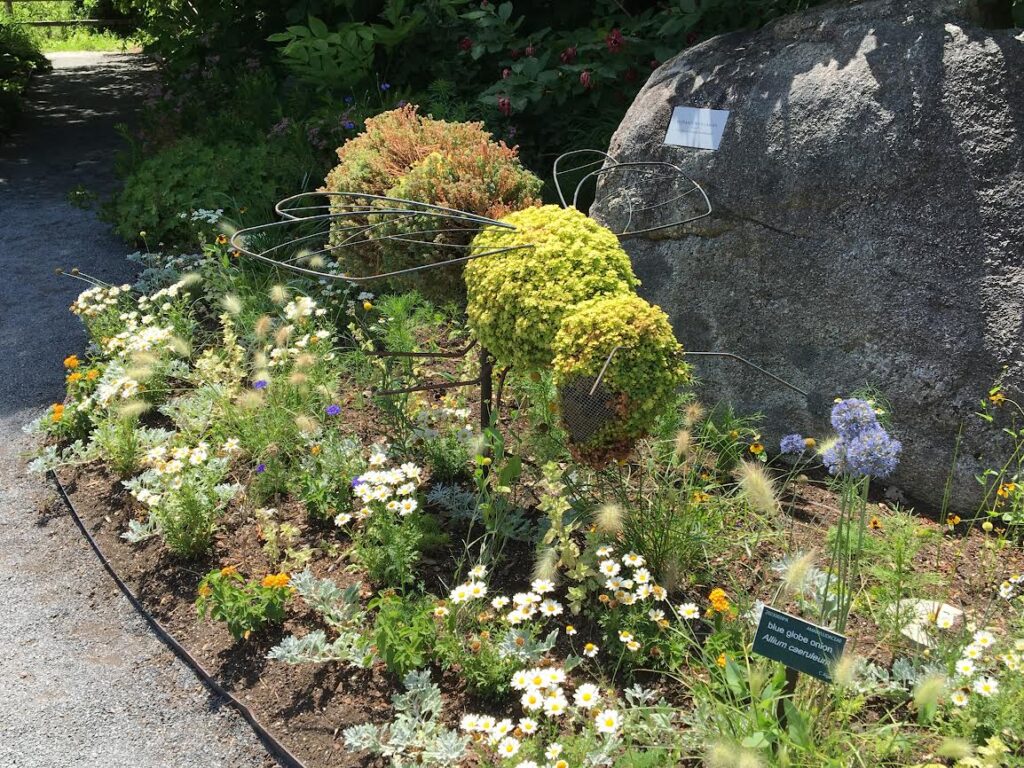
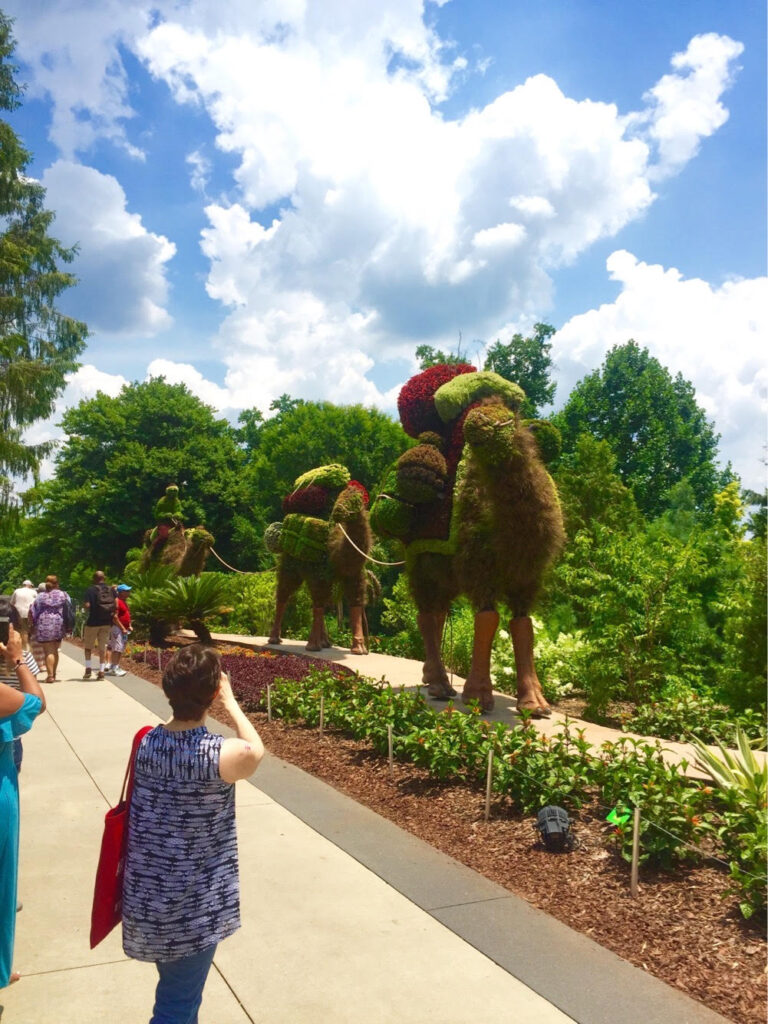

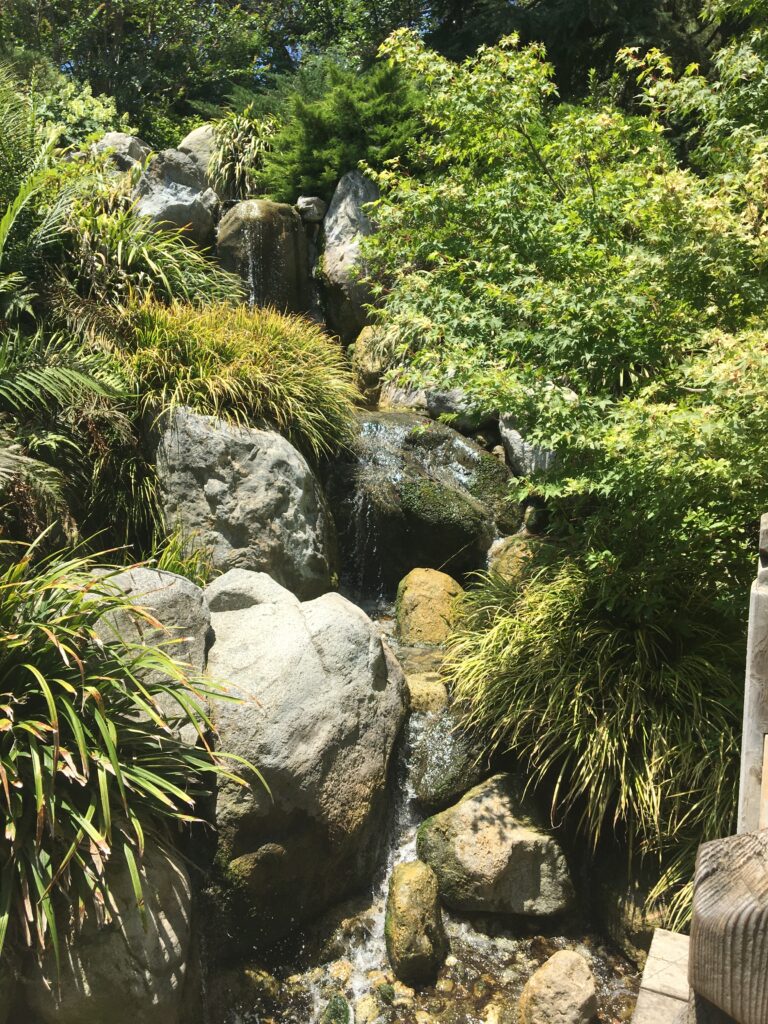
Landscape Design 101
Interested in learning how to prepare a landscape plan and get more information on landscape design. Check out my landscape design course available through this website. A written course with lots of photos and examples of plans including set by step instructions on getting a plan together for your garden. Pointers on design principles, need to know do’s and don’ts plus ideas for garden styles. Practical guide for every homeowner.
